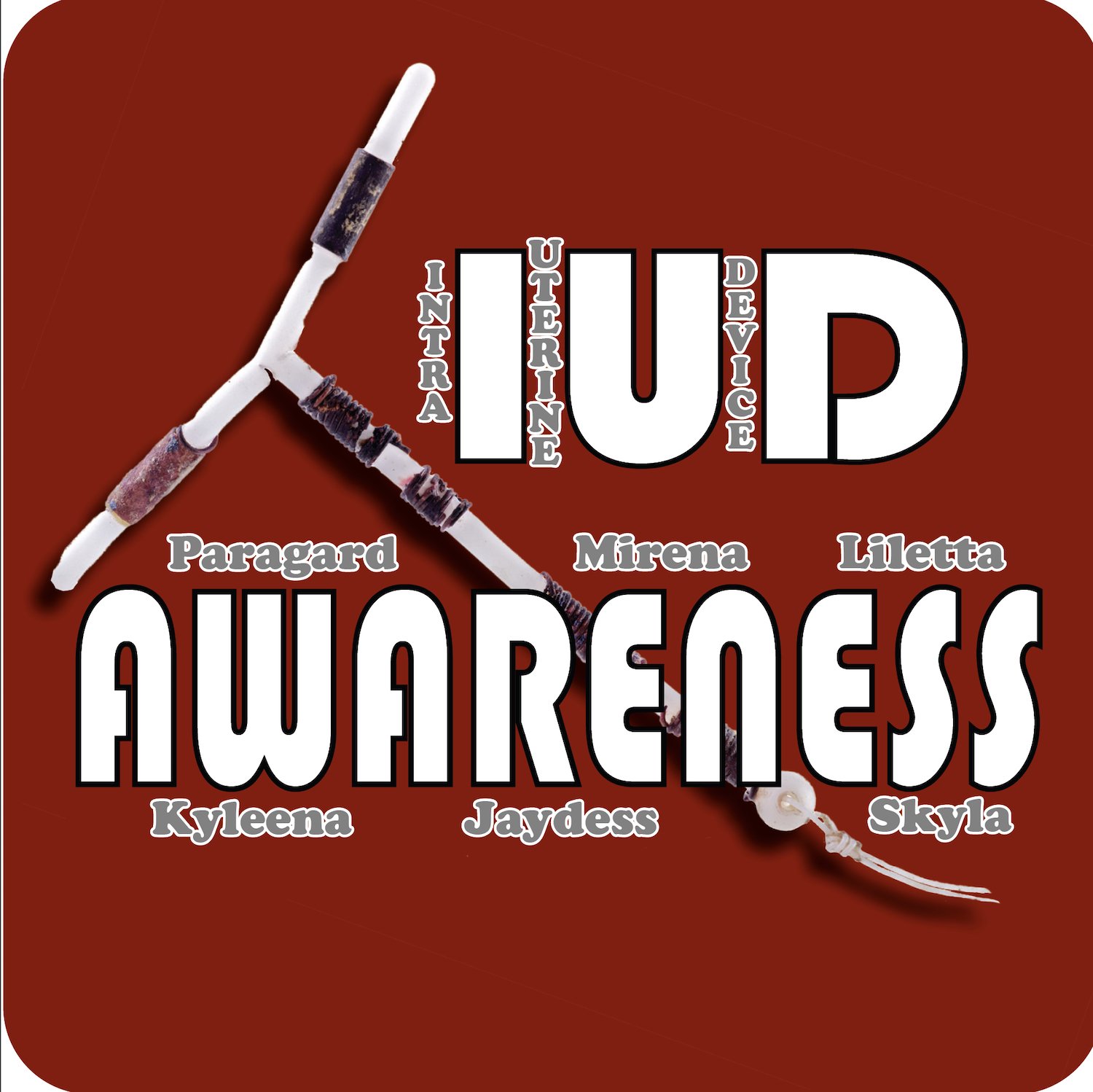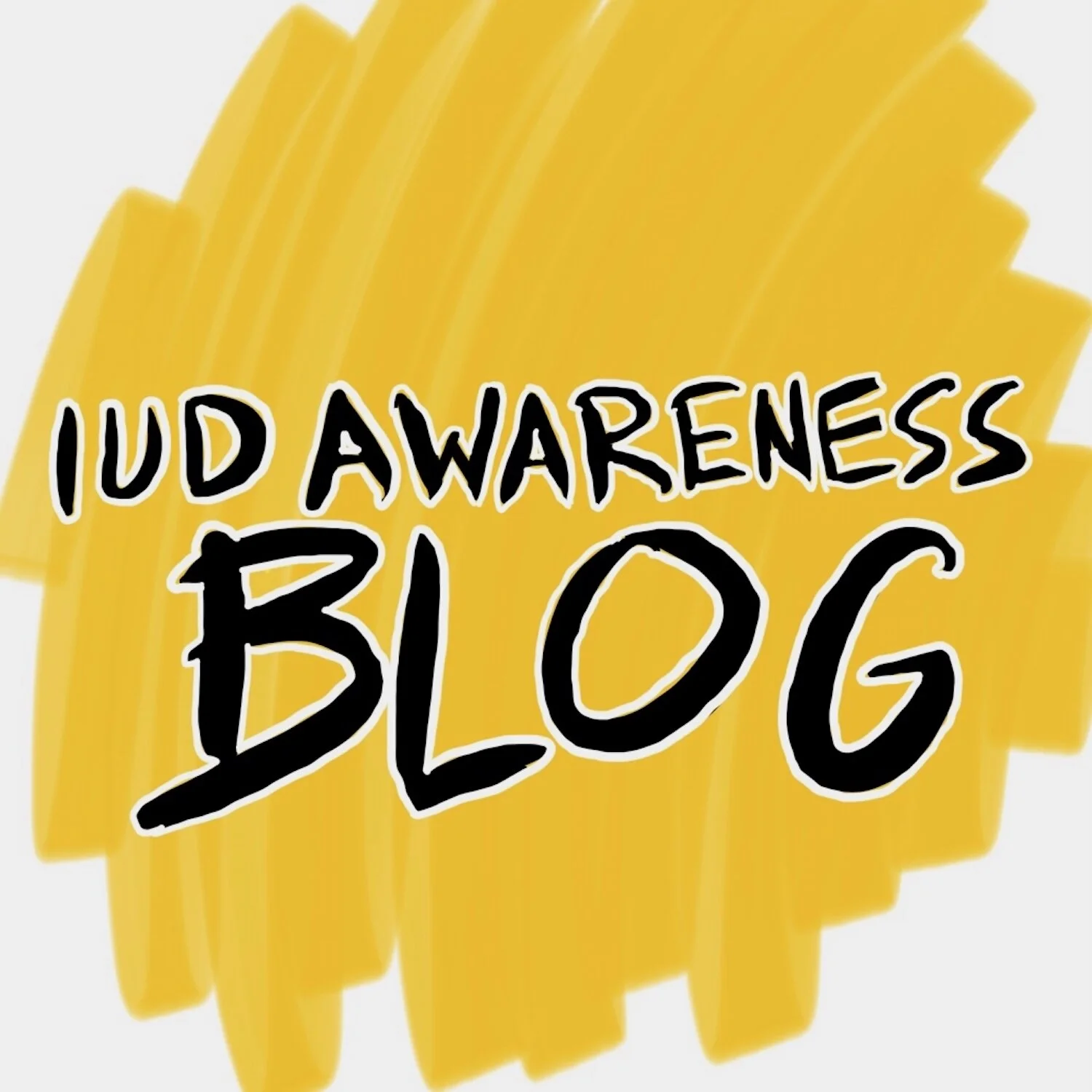LILETTA & It’s FDA Approval Process
/LILETTA - one of the newest of the IUD's I have just downloaded the 41 page document of the Liletta FDA approval process. Very interesting and trying to wade through it and figure out how to best post it here:)
HERE’S THE CONTRAINDICATIONS LIST:
"The use of LILETTA is contraindicated when one or more of the following conditions exist:
Pregnancy or suspected pregnancy
For use as post-coital contraception (emergency contraception)
Congenital or acquired uterine anomaly, including fibroids, that distorts the uterine cavity
Acute pelvic inflammatory disease (PID) or a history of PID unless there has been a subsequent intrauterine pregnancy
Postpartum endometritis or infected abortion in the past 3 months
Known or suspected uterine or cervical neoplasia
Known or suspected breast cancer or other progestin-sensitive cancer, now or in the past
Uterine bleeding of unknown etiology
Untreated acute cervicitis or vaginitis, including bacterial vaginosis, known chlamydial or gonococcal cervical infection, or other lower genital tract infections until infection is controlled
Acute liver disease or liver tumor (benign or malignant)
Conditions associated with increased susceptibility to pelvic infections
A previously inserted IUS that has not been removed
Hypersensitivity to any component of LILETTA "
Here's the official new Liletta FDA Approval information regarding CYSTS:
17 PATIENT COUNSELING INFORMATION
17.1 Information for Patients
Advise the patient to read the FDA-approved patient labeling (Patient Information).
Counsel the patient regarding the risk of ovarian cysts and that cysts can cause clinical symptoms including pelvic pain, abdominal pain or dyspareunia and infrequently will need surgery.
[See Warnings and Precautions (5.7).]
WARNINGS & PRECAUTIONS
5.7 Ovarian Cysts
Because the contraceptive effect of LILETTA is mainly due to its local effects within the uterus, ovulatory cycles with follicular rupture usually occur in women of fertile age using LILETTA. Sometimes atresia of the follicle is delayed and the follicle may continue to grow. Most ovarian cysts that occur during use of LNG-releasing IUSs are asymptomatic and disappear spontaneously during two to three months of observation. Cysts that cause clinical symptoms can result in pelvic or abdominal pain or dyspareunia. Symptomatic ovarian cysts occurred in 3.4% of subjects using LILETTA, and 0.3% of subjects discontinued use of LILETTA because of an ovarian cyst.
Evaluate persistent ovarian cysts. Surgical intervention is not usually required, but may be necessary in some cases. Discuss this risk with patients who choose to use LILETTA.
MORE TO FOLLOW SOON. Stay tuned:)



